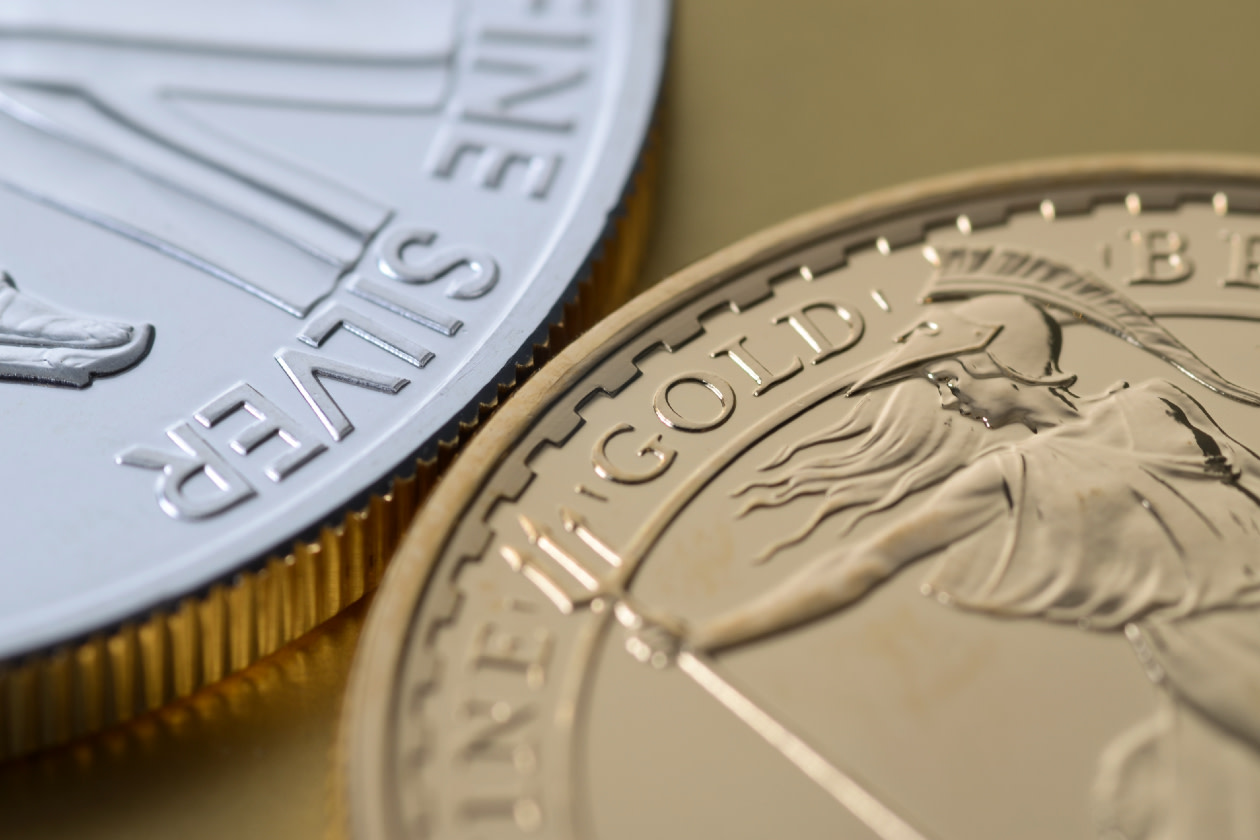It’s a delicate time for the global economy. We’re emerging from a period of strong inflation and now looking towards interest rate cuts from the world’s major central banks.
On top of that, Commodity prices have been rising sharply across the board in recent weeks.
Gold and copper prices have reached fresh record highs, the oil price has been volatile and even agricultural commodities have seen some extreme price swings, like the price of cocoa.
High and volatile commodity prices pose significant risks to the global economy. They can impact inflation and global growth, and impact businesses and consumers as input costs start to rise.
This article isn’t personal advice. All investments can rise and fall in value so you could get back less than you invest. Past performance is not a guide to the future. If you’re not sure if an investment is right for you, ask for financial advice.
Rising commodity prices across the board
After trending sideways for most of 2023, the rise in some key commodities so far this year is concerning. There are now fears that the disinflation trend in the global economy could come under threat.
Looking at commodity prices generally, energy prices have seen broad-based gains.
The Brent crude oil price is 7% higher so far this year, gasoline prices are up by 18%, ICE Natgas futures are higher by 10%.
Metals have also traded higher, the copper price is higher by more than 20% this year, and is now trading above $10,000 per tonne, the Nikel price is up more than 22%. Gold and silver have also risen by 14% YTD and nearly 30% YTD, respectively.
Food prices moved higher too, with a 15% increase in the coffee price, and a 10% increase in the price of wheat.
The rise in the price of copper is particularly worth watching.
Copper is the third most used metal around the world. It has a broad array of uses, including in electrical grids, building construction, home appliances and in cars and other forms of transportation. It’s also found in electronic products like laptops or smartphones.
It’s vital for electrical grids, which will need to be expanded in the coming years to accommodate the growing use of artificial intelligence (AI) and electric vehicles. Speculative traders have piled into the copper market this year to try and benefit from the expected AI boom.
Futures prices over the last five years
Gold | Copper | Cocoa | Brent Crude Oil | Nickel | Silver | Coffee | Wheat | Natural Gas | |
|---|---|---|---|---|---|---|---|---|---|
30/05/2024 | 2343.07 | 10135 | 9257 | 81.86 | 20063 | 31.1732 | 2.33 | 6.81 | 38.14813 |
30/05/2023 | 1959.33 | 8123 | 3005 | 70.95 | 21027 | 23.1749 | 1.771 | 5.91 | 45.40451 |
30/05/2022 | 1855.23 | 9543 | 2462 | 86.8 | 29279 | 21.974 | 2.2945 | 11.575 | 61.45971 |
30/05/2021 | 1903.77 | 10258 | 2412 | 59.74 | 18113 | 27.9352 | 1.6235 | 6.635 | 18.66143 |
30/05/2020 | 1730.27 | 5376.5 | 2454 | 49.64 | 12324 | 17.8655 | 0.963 | 5.2075 | 15.03113 |
30/05/2019 | 1288.65 | 5852 | 2428 | 59.41 | 12171 | 14.5255 | 1.0235 | 5.145 | 19.15615 |
Impacting our daily lives
While commodities remain vital to the global economy, they also have a big impact on our daily lives.
Commodity prices make up a large portion of the UK’s consumer price index (CPI).
Housing and household services make up nearly 30% of the CPI index, this includes household bills, for example, electricity and gas prices. Food and non-alcoholic beverages make up just over 9% of the CPI index, restaurants and hotels make up more than 11% of the index, and transport makes up 10% of the index.
Nearly two thirds of the CPI index are directly linked to commodity prices. So when commodity prices rise, this can have big implications on UK inflation rates.
In recent weeks, central bankers have voiced their fears about the stubbornness of inflation.
The minutes from the US Federal Reserve (Fed) meeting on 1 May highlighted the Fed’s concerns about recent data that ‘pointed to inflation being more persistent than previously expected.’
When an important component of the inflation basket, like commodity prices, starts to rise then it can have a direct impact on central bank policy action.
Sticky inflation has also led to a recalibration of interest rate expectations.
The first interest rate cut in the US is now not expected until December this year.
In the UK, higher-than-expected inflation data for April also pushed out expectations for interest rate cuts to November. Before the release of the inflation data, the first rate cut in the UK was expected in June.
There’s also evidence to suggest the inflationary effects of rising commodity prices aren’t merely confined to energy and food prices. Core inflation can also rise.
Research from the Bank for International Settlements found that the inflationary effects of higher commodity prices can impact core inflation rates at half the rate that they impact headline inflation rates. So the recent rise in commodity prices can be pervasive and have multiple spillover effects.
What does this mean for investors?
If higher commodity prices lead to increased price pressures in the global economy, then it can be worth looking at commodities in the light of their quality as an inflation hedge.
In periods of high inflation, commodities are considered an inflation hedge, so there can be a place for some commodity exposure in a portfolio.
Looking ahead, forecasting commodity prices is difficult.
The drivers of the oil price are different from the drivers of wheat and copper prices. The future price of oil could be impacted by Opec (the global oil cartel) production targets. The price of wheat could depend on developments in the Ukraine/ Russia war. And the copper price could depend on the future growth of AI.
Commodity prices are always worth watching, especially when they’re on the move.
Kathleen Brooks is the Founder of Minerva Analysis, a market analysis company. Hargreaves Lansdown may not share the views of the author.



